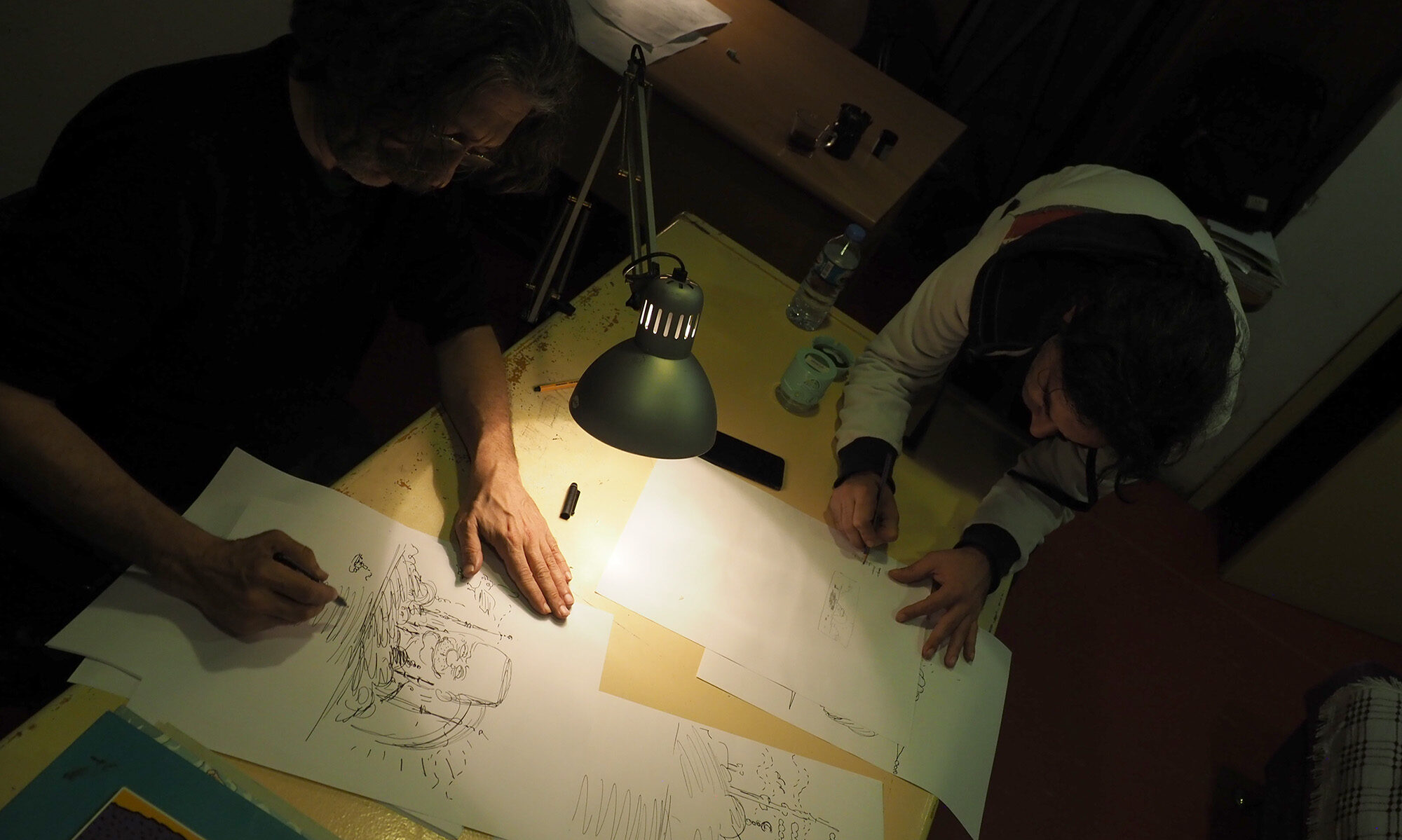Ted Rall had few Americans on his side when he decided that the terror attacks of September 11, 2001, shouldn’t alter his approach to cartooning.
His editor at Time magazine, where he had a monthly slot, told him that there could never again be space for humour. “Media, and thus everyone else, said that ‘everything changed’ on 9/11,” Rall recalls. “Attitudes and politics certainly did. The country moved even further right.”
Rall resisted the patriotic wave. “I resolved immediately – that same day, 9/11 – not to change a thing about my work. George W. Bush told Americans to go shopping to resist terror. I resisted right-wing B.S. by being the same exact kind of cartoonist I was before 9/11: cynical, questioning, occasionally profane, suspicious of official narratives devoid of evidence.”
His uncompromising stand left him isolated and exposed. Even most liberals, let alone conservatives, found it hard to stomach some of his work.
Probably the most controversial of his post-9/11 cartoons was “Terror Widows”, a reaction to what he saw as tasteless opportunism by some bereaved Americans.

This and other strips provoked so many death threats that Rall needed extra security at public appearances.
“I lost tons of clients and more than half my income and my career never fully recovered from the blow,” he says.
Republican politician Alan Keyes even entertained the notion that Rall should be shot at dawn.

Looking back, though, the self-described radical cartoonist feels vindicated. He had never bought the case for invading Afghanistan and Iraq – “It was just a lot of bullshit propaganda that was coming out from the Bush administration and credulous media just serving as stenographers for years.” And he never believed American could win – since no population would accept occupation by a distant power. Sure enough, though the invasions started out as popular moves, American resolve wore thin when it became apparent that there would be no quick victory.

He also thinks he was right to call out the flag-waving that followed 9/11. “If anybody ever doubted that nationalism is stupid, you can just look at 2018. Look at Trump. If 9/11 and George W Bush hadn’t happened, Donald Trump would not be president today,” he says.
“Even Obama, when he came in, he had to wear that American flag lapel pin. During the Vietnam War only far right people wore the American flag lapel pin. Normal Republicans didn’t wear that. Now it’s standard for all politicians. The whole thing shifted to the right. It wasn’t about grief, it was about anger, it was about lashing out at enemies, foreign and domestic. We bombed enemies foreign, and we purged enemies domestic.”
– Cherian George. This article is based on extracts from an interview with Ted Rall for a chapter about cartooning during times of war.

